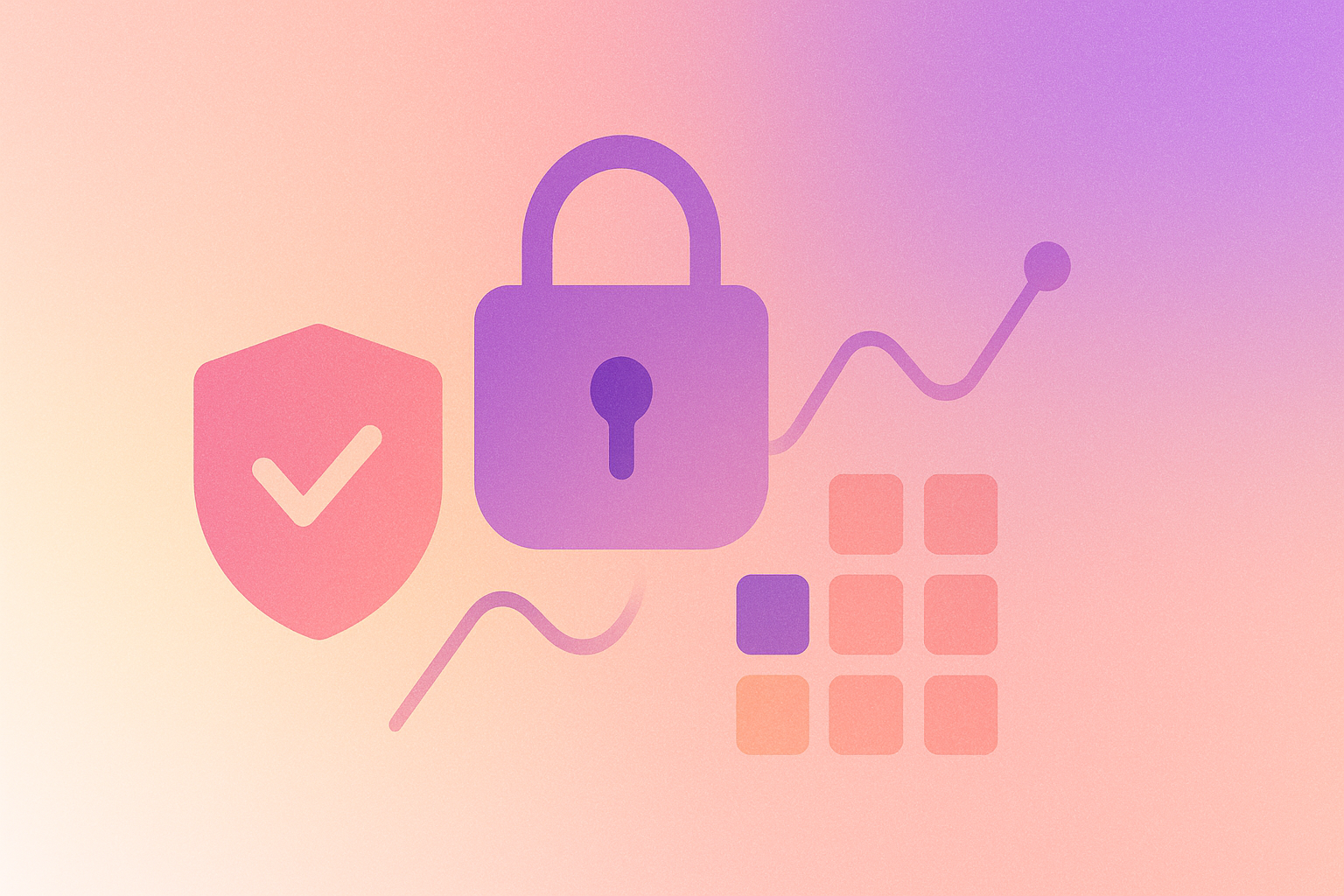What Is an Identity Management Tool?
The more applications your business uses, the more vulnerable you are to breaches and inefficiencies. Learn how an identity management tool can help.

Table of Contents
With the average company using more SaaS applications than ever before, organizations find themselves with uniquely modern problems in need of modern solutions. On one hand, the fact that you can find an app for virtually any purpose can seem like a blessing. At the same time, however, the more apps you introduce into the techstack, the more you expose your organization to significant security risks.
That’s why identity governance—the management of who can access or modify the company’s resources and systems—is so vital.
Sure, the idea of introducing more tools—more specifically, identity governance and administration tools—might seem counterintuitive at first. (“Oh no, another app!?”) In this case, though, adding “one tool to rule them all” is a positive thing. That’s because these particular tools are used to streamline operations, consolidate vendors, and customize who can access what, when—as well as how, and why.
But what is identity management, exactly? And what tools can a business use to keep their systems and resources safe, without compromising access for those who need them? Keep reading for a brief overview of identity management, including what it can do for a business and what types of tools you can use to increase your organization’s efficiency and strengthen its cybersecurity posture.
What Is Identity Management, and Why Is It Important?
Identity management—also known as identity and access management (IAM)—refers to a system or set of tools for effectively creating and managing electronic or digital identities. It’s used to ensure access to certain resources while preventing unauthorized users from accessing those same resources.
With that definition in mind, the importance of identity management borders on being self-explanatory. For starters, there is the practical consideration of efficiently onboarding and offboarding users. This is especially important when you consider that the average company subscribes to over 100 applications but in reality uses less than half of them (45%) on what would be considered a regular basis.
What’s worse, one study actually found that only about 5% of company leaders say they have “‘complete visibility’ into the total number of software licenses being used by their employees.”
This poses a pair of key problems:
- Companies are paying for apps—and accounts within those apps—that aren’t actually being used.
- Each individual app or account creates a certain amount of liability, from a cybersecurity perspective.
That’s why identity management tools are so vital for modern organizations, whether they have 5 employees or 500 employees (or more). Next, we’ll briefly explore what these tools can do for an organization.
What Are the Goals of Identity Management?
In a broad sense, the goal of any identity management system is to ensure that systems and resources are protected against unauthorized access. In other words, a primary goal of identity management or IAM is cybersecurity-related: making sure the right people have the right access (and others don’t).
As defined by the Identity Management Institute, “identity and access management objectives are to ensure confidentiality, integrity, and availability of systems and data,” and, from a more tactical angle, “to identify, authenticate, and authorize users to access critical resources.”
What Is an Example of an Identity Management Tool?
It’s easier to explain identity management—and its importance—through an example. In this case, we’ll use that of a fictional software development company, ABC-XYZ Solutions. They’ve been in business for about a year and a half, and currently have 20 employees (who use around 25 different applications). For the past three quarters, they’ve been laying the groundwork for expansion, hoping to scale their business in the near future.
Before adding employees, ABC-XYZ’s leaders know they need to take stock of all of their apps and access considerations. They want to ensure that by adding users they won’t compromise their systems’ security. As they begin looking into different identity management solutions, they encounter several compelling options, including single sign-on systems, multi-factor authentication, privileged access management, threat detection systems, and even biometrics.
As they start plotting their next move(s), they realize that they don’t have to cobble these solutions together on their own. And so their conversations pivot toward finding the right software to enable the security features they are looking for—software like Lumos.
How Does Identity Management Software Work?
Identity management software provides the tools and framework for effective identity management. These solutions give system administrators the ability to implement reliable and secure access to the organization’s resources—including the ability to fine-tune individual users’ access in order to prevent unauthorized access.
When companies leverage a comprehensive and customizable platform like Lumos, managing apps, access, and vendors becomes much easier—and more cost-effective. Lumos provides a single, unified platform for identity access and administration, as well as SaaS and vendor management, identity governance, and privileged access management.
Lumos: Identity and Access Management for the Modern Age
At Lumos, we’ve built an identity management platform you can use for a wide range of use cases, including:
- SaaS Management: Reduce how much you’re spending on SaaS applications, including the identification of apps that can be “retired” or consolidated with other solutions.
- Access Reviews: Gain full visibility into who is accessing—or requesting access to—different applications and systems, and quickly deactivate user accounts of individuals who have left the company or changed roles.
- Onboarding/Offboarding Workflows: Design more efficient ways to onboard and offboard employees, including the ability to automate certain elements of these processes.
- Identity Governance: Manage individual users’ access to different SaaS applications, cloud-based operations, and internal tools—without slowing anything down.
- Self-Service Automation: Boost operational efficiency while cutting your support costs by as much as 50% through self-service automation and access requests.
- Privileged Access Management: Control and manage privileged accounts of different levels, such as local admin accounts, application-specific accounts, and more.
Schedule a Consultation
To learn more about how our platform could transform your business, don’t hesitate to read some customer stories or book a demo!




